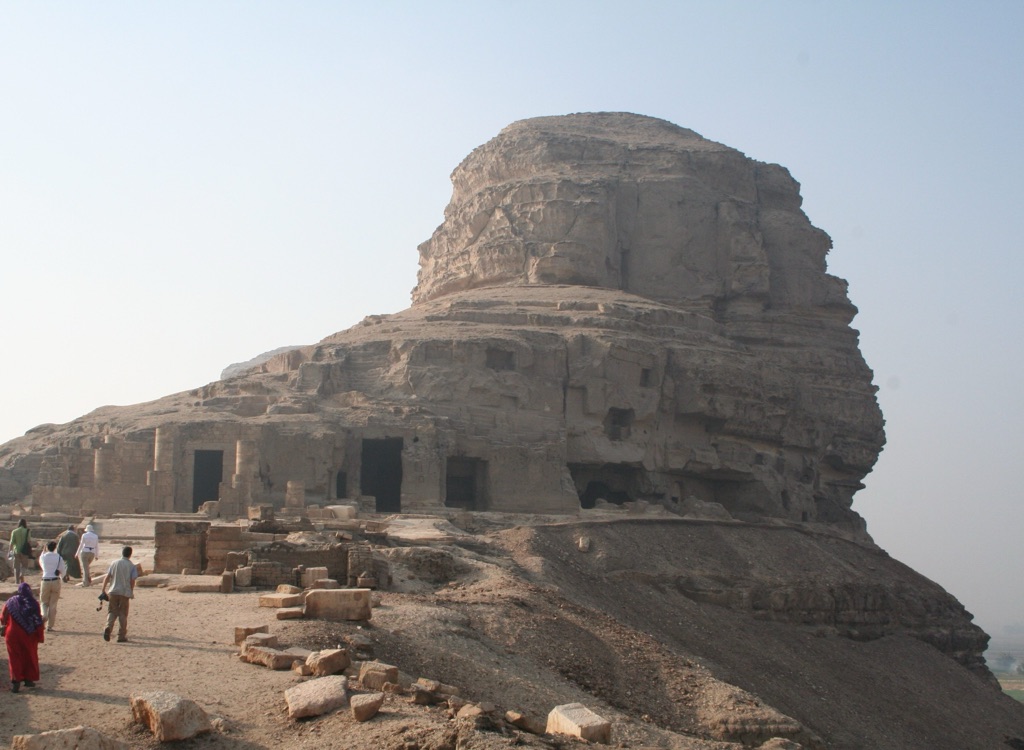Tihna el-Gebel: A Window into Ancient Egypt’s Religious and Administrative Life
Tihna el-Gebel, formerly known as Akoris in antiquity, is a village and archaeological site of significant historical importance located in Middle Egypt. This site, situated twelve kilometers northeast of El-Minyā on the east bank of the Nile, offers a unique glimpse into the religious, administrative, and daily life of ancient Egyptians from the Old Kingdom through the Greco-Roman-Byzantine period.
Get your dose of History via Email
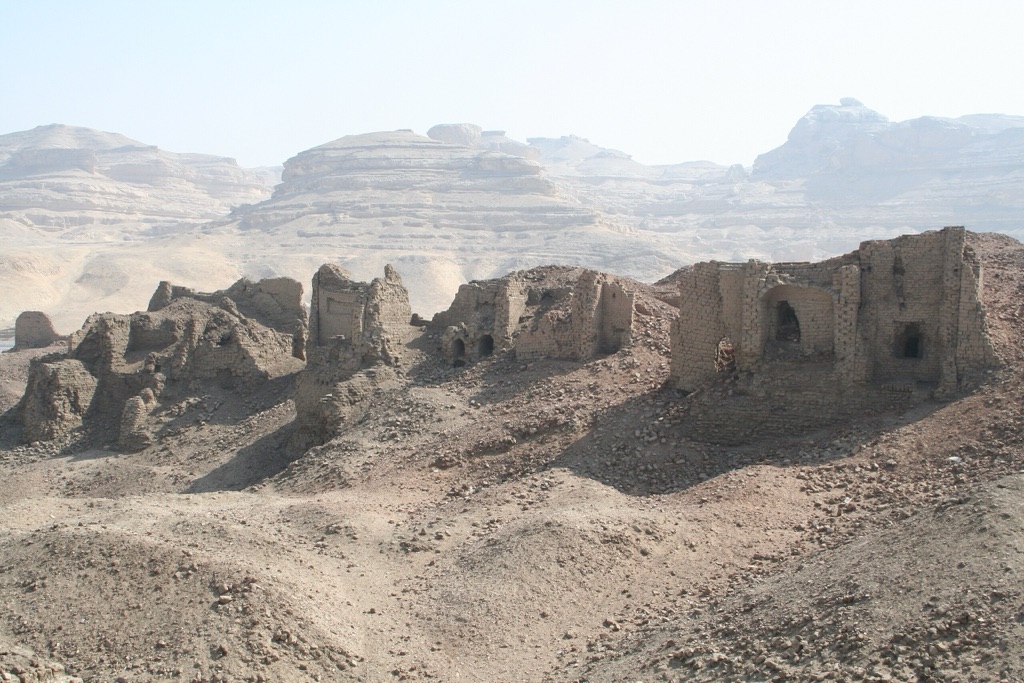
Location and Modern Village
The modern village of Tihna el-Gebel, with a population of approximately 7,000 inhabitants as of 2006, lies northwest of the limestone mountains at the mouth of the Wādī eṭ-Ṭihnāwī. The southern rock formation, resembling a lying lion, adds a natural monument to the landscape. The village is home to significant religious structures, including the Mosque of Kāmil Bey and the Church of St. Menas, reflecting the diverse religious heritage of the area.
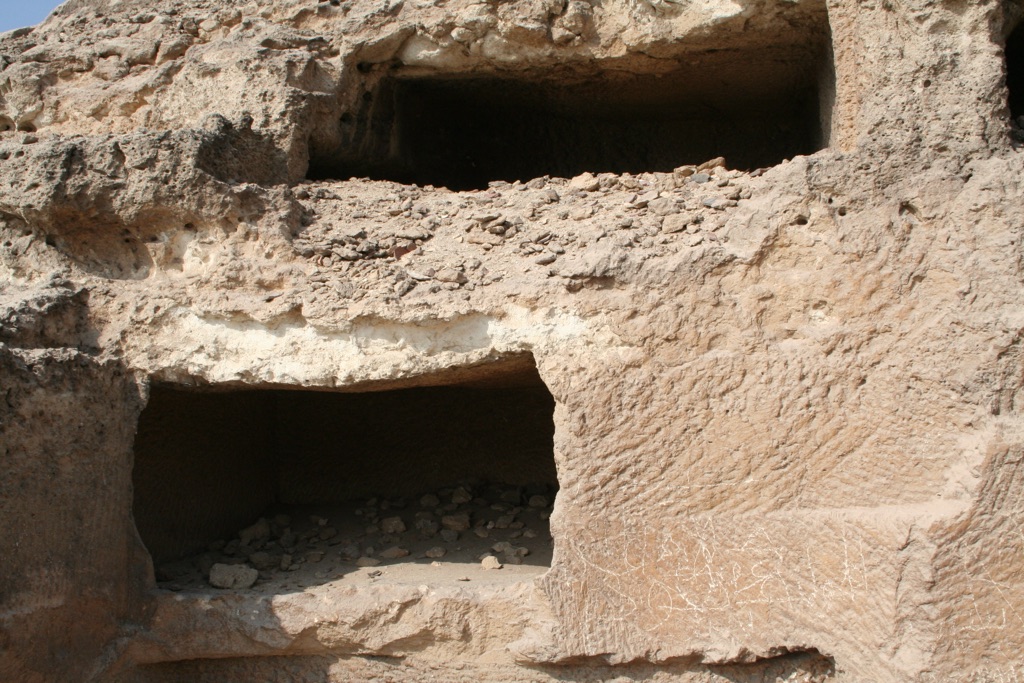
Historical Overview
The area has been continuously inhabited since the Old Kingdom, with the ancient settlement known by various names over the millennia, including Mer-nefer(et) and Per-Imen-mat-chent(j) in the Egyptian periods, and Akoris and Tēnis in the Greek period. It served as an important administrative city throughout its history, strategically located at the southern border of the 17th Upper Egyptian Gau in Greek times.
The religious significance of Tihna el-Gebel evolved over time, with early worship possibly focused on a lion deity, later replaced by Hathor, the mother and death goddess, from the 4th Dynasty onwards. The fertility god Amun-Mai-Chenti and the crocodile god Sobek were among the deities worshipped in later periods, reflecting the changing religious landscape.
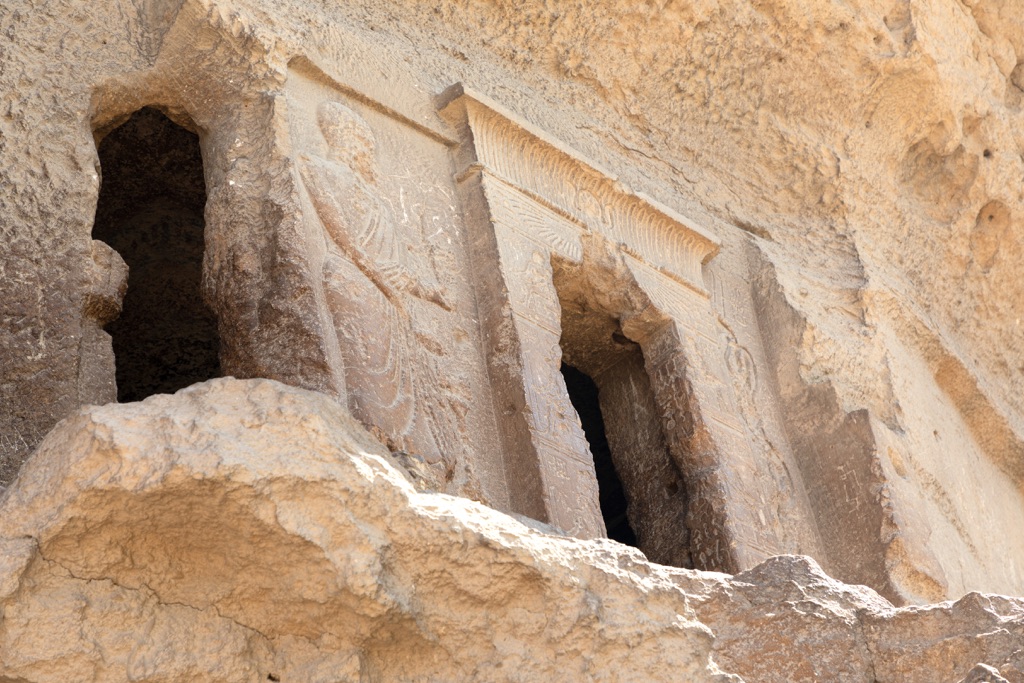
Archaeological Significance
Tombs and Temples
The archaeological site boasts rock tombs dating back to the 4th Dynasty, including the notable Fraser Tombs. These tombs, initially built for wealthy administrative officials, were later repurposed as chapels for the worship of Amun and Sobek. The site also features rock temples from the time of Ramses II, highlighting the religious practices and architectural advancements of the period.
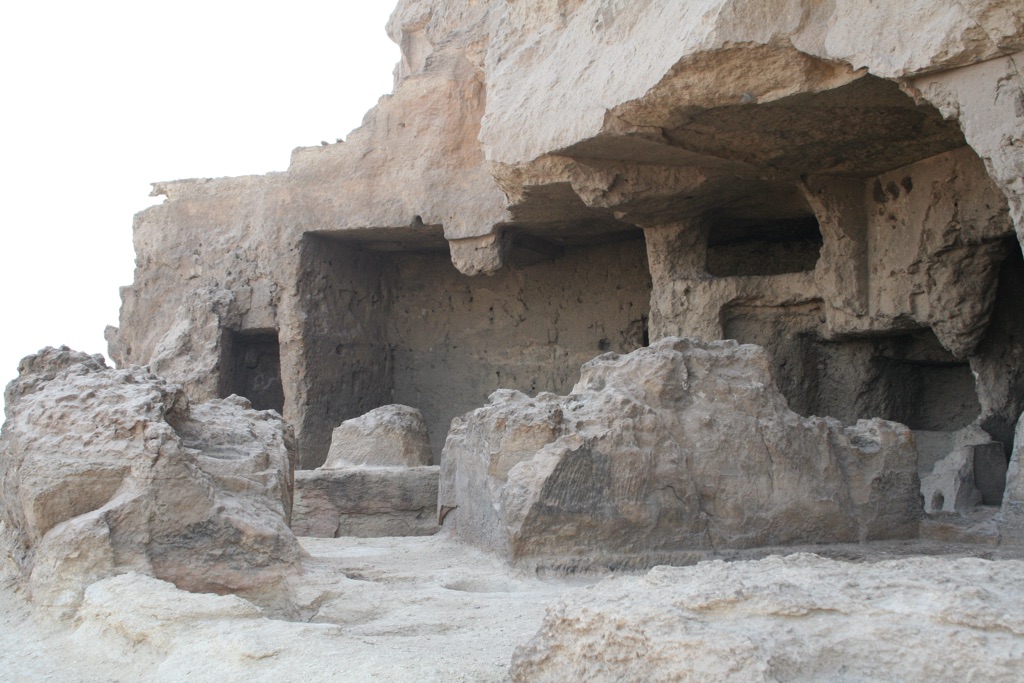
Greco-Roman-Byzantine Remains
The remains of settlements from the Roman-Byzantine period south of the modern village indicate the continued importance of Tihna el-Gebel through the centuries. The presence of a quarry for white calcified nummulite limestone further underscores the site’s economic significance.
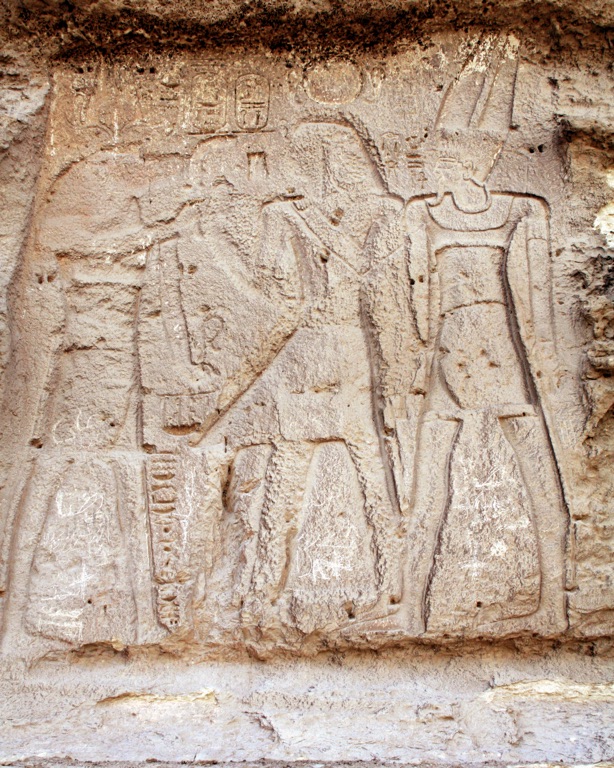
Research and Exploration
The archaeological site has been known since the Napoleonic expedition in the early 19th century, with extensive research conducted by various teams, including the Prussian expedition led by Karl Richard Lepsius and more recent excavations by Japanese teams since 1981. These efforts have significantly contributed to our understanding of the site’s historical and cultural importance.
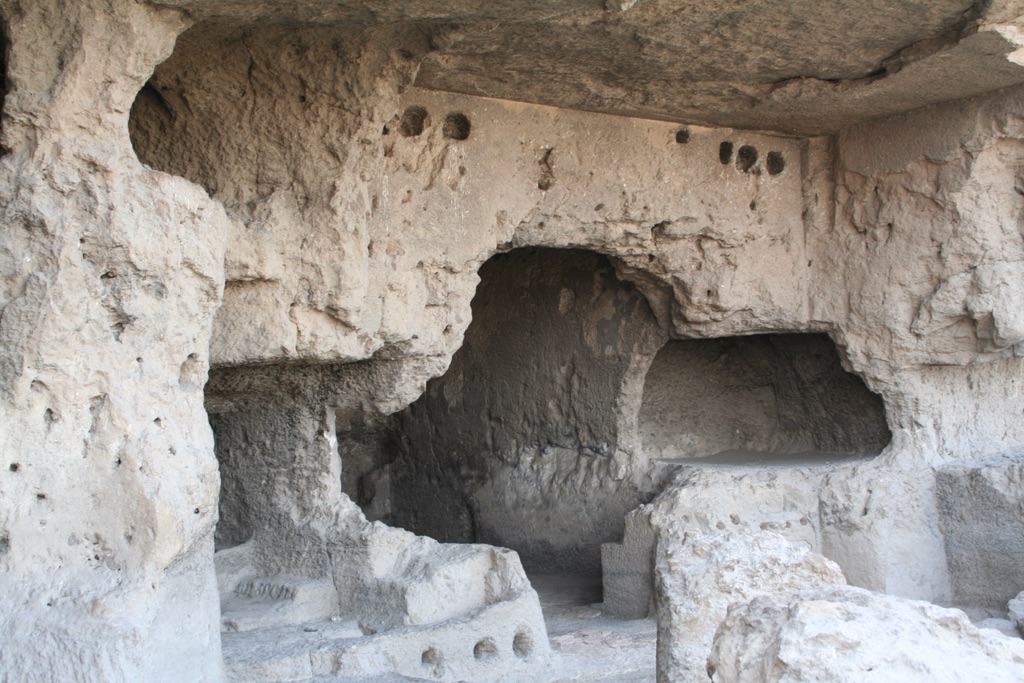
Visiting Tihna el-Gebel
For those interested in exploring Tihna el-Gebel, the site is accessible by taxi from Minyā, with the journey offering a glimpse into the rich historical landscape of Middle Egypt. Visitors can explore the ancient tombs and temples, accompanied by local guards, to experience firsthand the architectural and religious heritage of this ancient settlement.
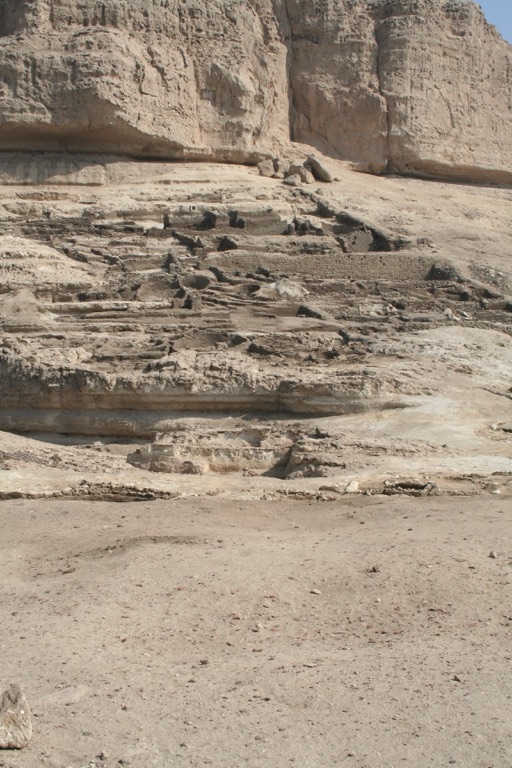
Conclusion and Sources
Tihna el-Gebel serves as a testament to the rich cultural and religious history of ancient Egypt. From its origins in the Old Kingdom to its significance in the Greco-Roman-Byzantine period, the site offers invaluable insights into the evolution of religious practices, administrative structures, and daily life in ancient Egypt. The ongoing archaeological research and exploration continue to uncover the layers of history buried within this remarkable site, providing a window into the past for historians, archaeologists, and visitors alike.
- For further reading and to validate the information presented in this article, the following sources are recommended:

